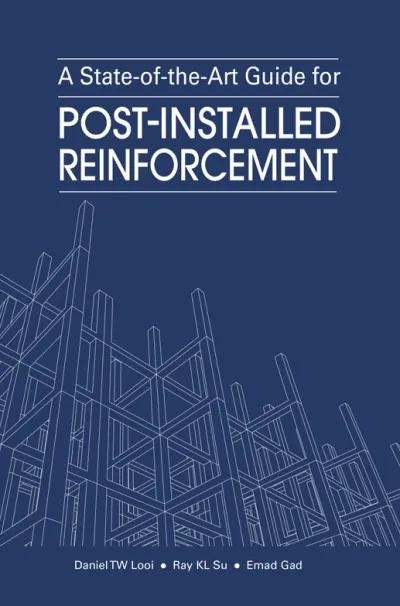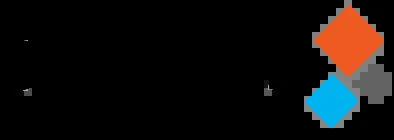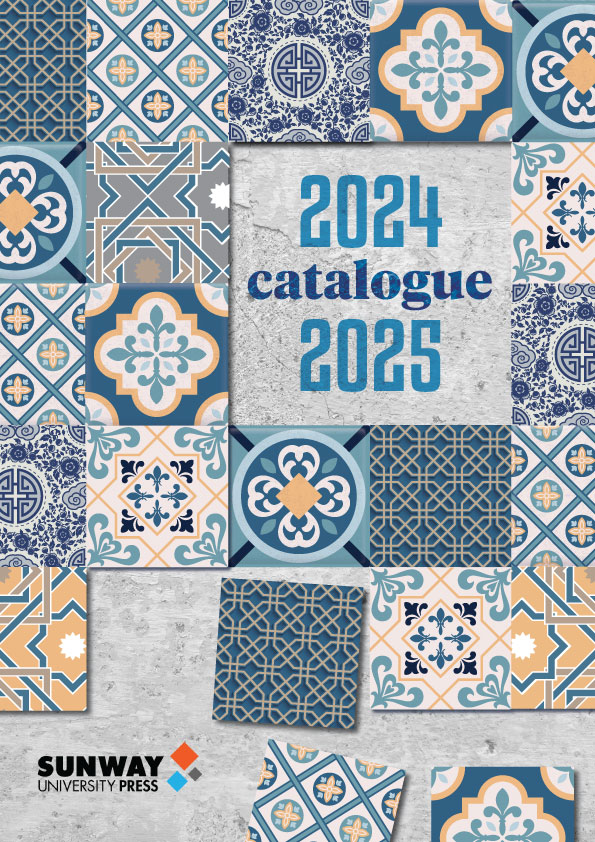
A State-of-the-Art Guide for Post-Installed Reinforcement provides comprehensive coverage on installation, design, and assessment guidelines for post-installed reinforcements, a unique technology used very commonly in the construction industry.
This title is available as an e-book.
To purchase, visit your preferred e-book provider.
Previously published in Hong Kong, this Malaysian edition includes new EOTA technical reports and European Assessment Documents, fundamentals for post-installed reinforcements, design proposals, as well as unique design examples, all of which are specifically tailored for the Malaysian context. This book is suitable for engineers and construction industry professionals.
Preface
Abbreviations
Symbols
1. Introduction to Post-installed Reinforcement
1.1 Overview
1.1.1 International qualification and design standards for PIR
1.1.2 Documents relevant for practice in Malaysia in a post-British Standards era
1.1.3 Quick guide to the naming convention of EOTA EAD
1.2 Concrete-to-Concrete Connection
1.2.1 Local load transfer mechanism in PIR
1.2.2 Failure modes for PIR
1.2.3 Shear stress transfer at the interface of new and existing concrete
1.3 Material for PIR
1.3.1 Adhesive systems
1.3.1.1 Adhesive types
1.3.1.2 Temperature effects on adhesives
1.3.1.3 Design working life
1.3.1.4 Selecting the right adhesive system
1.3.2 Base materials
1.3.2.1 Concrete
1.3.2.2 Others
1.3.3 Reinforcement
2. Installation Process for Post-installed Reinforcement
2.1 General
2.1.1 Installer competency
2.1.2 Installation process
2.2 Location for Safe Drilling
2.3 Roughening of Existing Concrete Surface
2.3.1 Roughening area
2.3.2 Requirements according to BS 8110-1 (1997)
2.3.3 Requirements according to MS EN 1992-1-1 (2010)
2.3.4 Requirements for surface roughening construction works according to TR 066 (2020)
2.3.5 Methods of surface preparation
2.4 Hole drilling
2.4.1 Hole drilling requirements
2.4.2 Hole drilling methods
2.4.3 Hole drilling aids
2.5 Hole cleaning
2.6 Adhesive injection
2.6.1 Inspection before injection
2.6.2 Types of dispensing tool
2.6.3 Injection process
2.7 Rebar insertion and setting
2.7.1 Rebar preparation
2.7.2 Rebar insertion
3. Qualification of Post-installed Reinforcement
3.1 Basic principles
3.2 Introduction to EAD 330087-01 (2020), EAD 332402-v01 (2021), and AC 308 (2019)
3.3 Resistance under fire exposure
3.3.1 Fire rating requirement in Malaysia according to the Uniform Building By-Laws (1984)
3.3.2 Fire exposure assessment as per EAD 330087-01 (2020)
3.4 Seismic actions requirement
3.4.1 Introduction to the seismic environment in Malaysia, MS EN 1998-1 (2015), and Malaysia National Annex (2017)
3.4.2 Seismic assessment by cyclic test as per EAD 330087-01 (2020)
3.5 Recommendation for providing qualifications for PIR in Malaysia
4. Proposed Design Procedure for Post-installed Reinforcement
4.1 Anchorage design: Cast-in rebar anchorage method, improved bond-splitting behaviour method or bonded anchor design method?
4.2 Design provisions for PIR in MS EN 1992-1-1 (2010)
4.2.1 Fundamental derivation of anchorage length
4.2.2 Required anchorage length
4.2.3 Design anchorage length
4.2.4 Lap length
4.2.5 Simplified detailing rules
4.2.6 Summary of bond strength as per MS EN 1992-1-1 (2010)
4.3 TR 069 (2019) to harmonise MS EN 1992-1-1 (2010) and EN 1992-4 (2018)
4.3.1 PIR yielding failure
4.3.2 Cone failure
4.3.3 Bond-splitting failure
4.4 TR 066 (2020) for application of shear connector in concrete overlay
4.4.1 ULS design actions at the shear interface
4.4.1.1 Determining longitudinal shear and tensile force due to external forces
4.4.1.2 Determining longitudinal shear and tensile force due to restraint at the perimeter
4.4.1.3 Non-superposition checking of shear stress and tensile force
4.4.2 Shear interface capacity
4.4.3 Tensile capacity of the connector at the shear interface
4.4.4 Minimum interface reinforcement and constructive interface reinforcement
4.4.5 Disregard presence of stirrups or hoops
4.4.6 Fatigue and seismic actions provisions
4.5 Recommended PIR design method for Malaysia
4.5.1 Proposal 1: Strut-and-tie method to calculate actual design stress
4.5.2 Proposal 2: Options for bond stress
4.5.3 Proposal 3: Impose minimum anchorage and lap length
4.5.4 Proposal 4: Impose minimum cover and edge distance
4.5.5 Proposal 5: Introduce cone and bond-splitting check as per TR 069 (2019)
4.5.6 Proposal 6: Special application – Shear friction check for concrete overlay as per TR 066 (2020)
4.6 Design examples
4.6.1 Shear action
4.6.2 Bending and shear action
4.6.3 Special application
5. Quality Control of Post-installed Reinforcement in Malaysia
5.1 Supervision, inspection and certification
5.1.1 Supervisor
5.1.2 Supervision
5.1.3 Inspection
5.1.4 Certification
5.2 On-site testing
5.2.1 Tester
5.2.2 Verification of installation quality
5.2.3 Test report
5.3 Tender specification
6. Concluding Remarks
6.1 Summary of the Guide
6.2 Additional notes for design consideration
6.3 Software design tools
6.4 Additional readings
References
Index
About the Authors
Acknowledgements
Daniel TW Looi is a chartered professional engineer (structural) of Engineers Australia and previously a structural application engineer specialised in structural analysis and design computation for buildings and plants. He has published research works in fastening technologies, seismic engineering, concrete structures and modular buildings. He is currently a Senior Lecturer and the Discipline Leader of Civil Engineering at Swinburne University of Technology, Sarawak, Malaysia.
Ray KL Su is a fellow of the Hong Kong Institution of Engineers and the Institution of Structural Engineers, and has published over 140 SCI journal papers in concrete fracturing, durability of reinforced concrete structures, and seismic resistance design concrete buildings. He is currently an Associated Professor of Structural Engineering at the University of Hong Kong.
Emad Gad Emad Gad is an accomplished civil engineer with extensive experience in structural dynamics, residential construction, structural connections, experimental techniques and finite element modelling. He is currently a Professor and the Dean of the School of Engineering at Swinburne University of Technology, Australia.
Basic Information
- 978-967-5492-74-7 (Hardback)
- 978-967-5492-75-4 (E-Book)




